Let’s be honest: when you drop serious cash on a brand-new car, you expect everything on it—including the tires—to deliver. But here’s the truth most dealers won’t tell you: not all factory tires are built to last. Some are just there to meet cost targets and deliver a comfy test drive, not to hold up under daily abuse. Others surprise you by sticking around for 40,000+ miles without a fuss.
Factory tires (aka OEM tires) are usually picked by car manufacturers based on performance, ride comfort, noise levels, and fuel economy, not longevity. So yeah, even if you’re buying a premium ride, the tires might be more style than substance.
We dug through customer feedback, tire tests, and owner forums to figure out which factory tires actually hold up—and which ones wear out like cheap sneakers on a marathon run. This list is not sponsored, not sugar-coated. Just what drivers are really saying.
5 Factory Tires That Actually Hold Up
We’re breaking it down to five tires that go the distance, and five that go bald before you even realize. Whether you’re keeping stock tires or shopping for replacements, this list could save you cash and headaches.
1. Michelin Primacy MXM4 (Honda Accord, Lexus ES)
Michelin rarely messes up, and the Primacy MXM4 is proof. Found on cars like the Honda Accord and Lexus ES, this tire is a solid all-rounder. It’s not flashy, but it delivers on all the basics: long tread life, smooth ride, solid grip in rain, and low road noise.
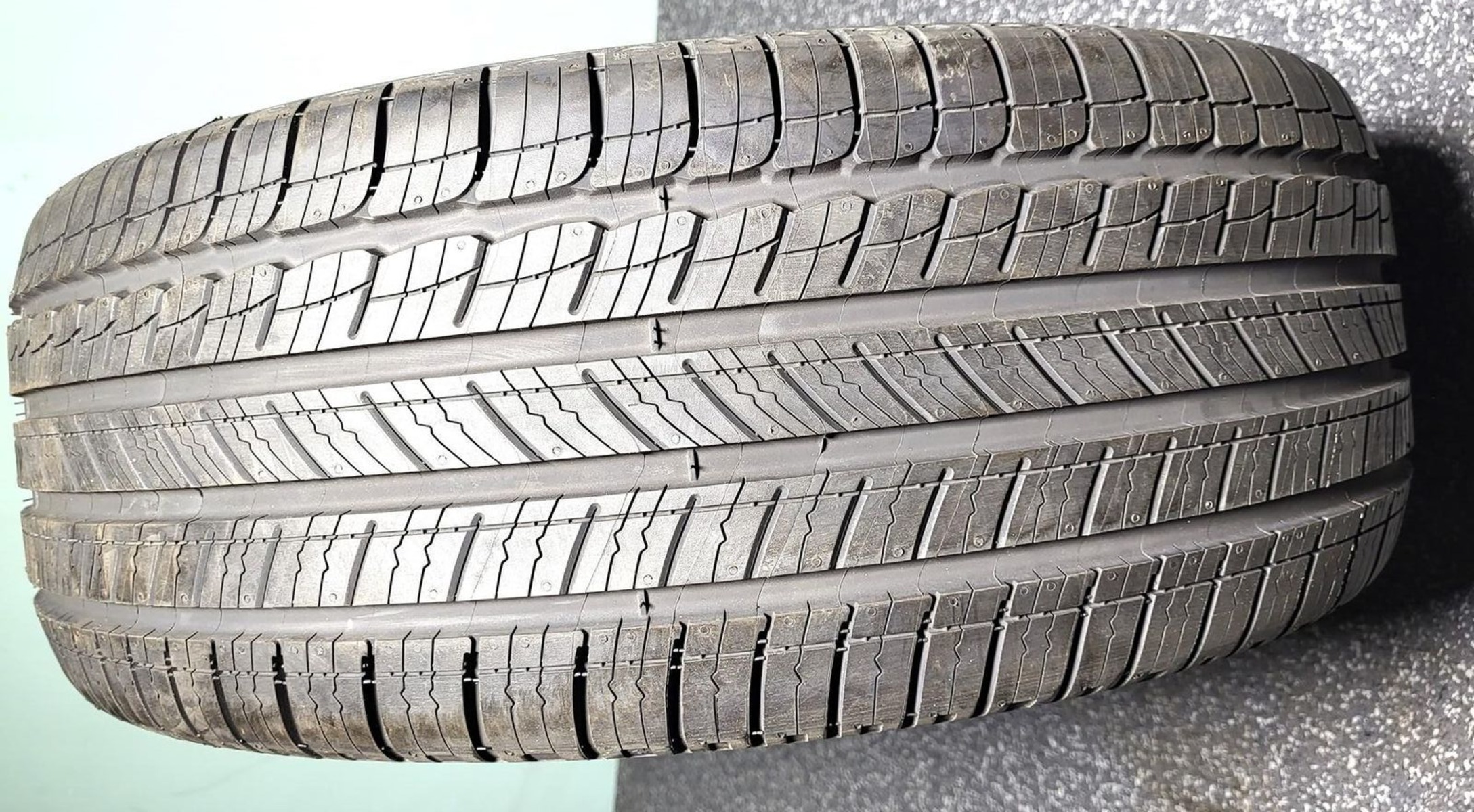
What sets it apart is the EverGrip™ technology—basically a fancy way of saying it stays grippy even as it wears down. Most people report getting 50,000 to 60,000 miles out of these without major complaints.
It handles dry roads like a champ and stays calm in the wet too. Snow? Not its strong suit, but it’ll survive light flakes. Overall, if you drive a lot of highway miles and want peace of mind, this factory tire is a keeper.
Downside? It’s pricey to replace. But honestly, if you’re squeezing that much life out of it, it kinda evens out.
ALSO READ: 6 Crossovers Where Rear Cargo Lid Hits Tall Drivers
2. Continental ProContact TX (Audi A4, Mercedes-Benz C-Class)
Let’s give it to Continental—they know how to make a tire that doesn’t wear out in five oil changes. The ProContact TX, used on German sedans like the Audi A4 and Mercedes-Benz C-Class, holds up better than you’d expect from a comfort-focused tire.
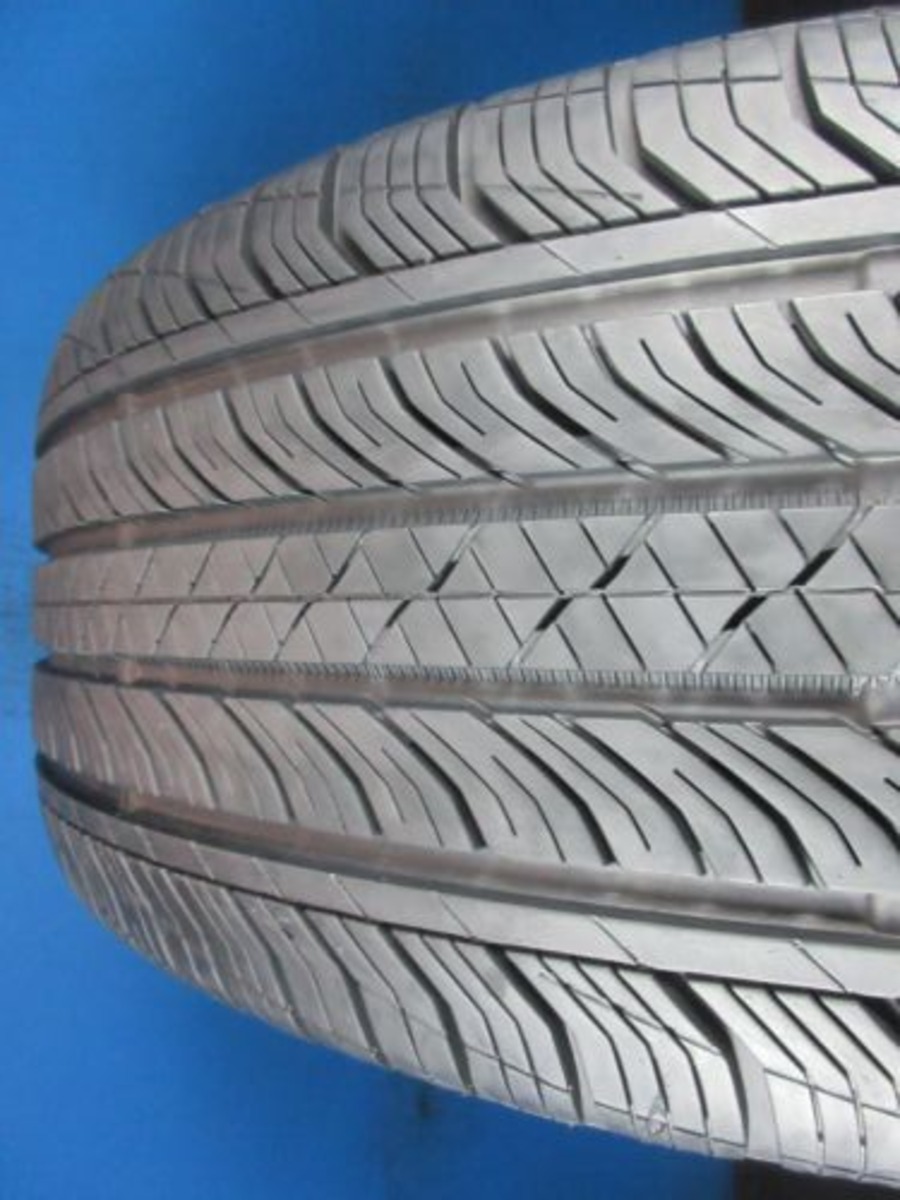
It delivers a balanced ride—a good mix of quiet cruising and decent grip. Owners commonly report tread life upwards of 45,000 to 55,000 miles, which for an OEM tire in the luxury segment is impressive.
Where it shines is its consistent wear pattern. Even aggressive drivers say the tires wear evenly, without sudden drop-offs in performance. It’s also one of those rare tires that gets quieter over time.
It’s not a tire built for the track or snow-covered roads. But as a daily driver tire? Solid. And replacement costs are mid-range, which is a relief when it’s time to re-up.
3. Bridgestone Turanza EL440 (Toyota Camry, Nissan Altima)
Okay, so Bridgestone catches some flak for inconsistent OEM performance—but the Turanza EL440 is one of their better efforts. Found on sedans like the Toyota Camry and Nissan Altima, this tire offers a quiet, comfortable ride with enough durability to avoid early replacement nightmares.

These tires tend to last around 50,000 miles or more under normal driving. Some folks have pushed past 60K with rotation and alignment TLC.
The tread pattern is designed more for cruising than aggressive driving. But in return, you get even wear, no weird vibration issues, and a soft ride that doesn’t kill your ears on rough pavement.
Not the best performer in snow or on sharp corners, but for everyday commuting and highway cruising? It’s a tire that shows up, does the job, and doesn’t ask for much.
4. Goodyear Assurance MaxLife (Chevy Malibu, Ford Fusion)
Here’s one that lives up to its name. The Goodyear Assurance MaxLife is all about longevity, and it actually delivers. Factory-installed on models like the Chevy Malibu and Ford Fusion, this tire is aimed at people who rack up miles and don’t want tire drama.

It has a wear gauge built into the tread, so you literally see how much life is left—smart touch. Most drivers report 60,000+ miles, and Goodyear itself claims up to 85,000 under ideal conditions.
Dry grip is solid, wet traction is reliable, and the ride comfort is surprisingly plush. It’s not made for off-road, sporty drives, or deep snow—but if you just need something that’ll last and won’t give you a flat out of nowhere, MaxLife’s a solid bet.
Bonus: It’s not loud. A lot of long-life tires get loud and annoying after 30K miles. This one stays relatively chill.
5. Pirelli P7 All Season Plus (BMW 3-Series, Alfa Romeo Giulia)
Pirelli isn’t just for Ferraris and supercars. Their P7 All Season Plus tire, often found on BMWs and Alfas, is surprisingly dependable for an OEM tire. It combines performance DNA with long-distance staying power.

Expect 45,000 to 60,000 miles, depending on how heavy your foot is. It’s grippy without being too soft, which helps it resist premature wear. Rainy weather doesn’t faze it, and it holds up in mild winter conditions, too.
Whatdo drivers like most? It stays quiet and doesn’t get choppy as it ages—something many tires suck at. Even after tens of thousands of miles, it still feels refined.
If your car came with these and you’re considering replacing them with something cheaper, don’t. These hold up better than many “upgrades.” Just rotate them on time and check the pressure regularly.
Also Read: Top 10 Worst and 10 Best Trucks for Towing
5 Factory Tires That Wear Fast
When you drive a brand-new car off the lot, the last thing you expect is for the factory-installed tires to wear out prematurely. But it happens — more often than most buyers realize. Automakers often equip vehicles with tires that prioritize comfort, low rolling resistance, or cost over durability.
The result? Tread life that disappoints long before your odometer hits six digits. In this article, we break down five factory tires notorious for rapid wear, so you know what to watch for — and when to start planning your first replacement set.
1. Bridgestone Ecopia EP422 Plus (Toyota Prius, Honda Civic)
Bridgestone’s Ecopia EP422 Plus gets high marks for fuel economy—but that comes at a cost: tread life. Found on hybrid and eco-focused cars like the Prius and Civic, it’s all about low rolling resistance. That’s great for your MPG, but not so much for durability.
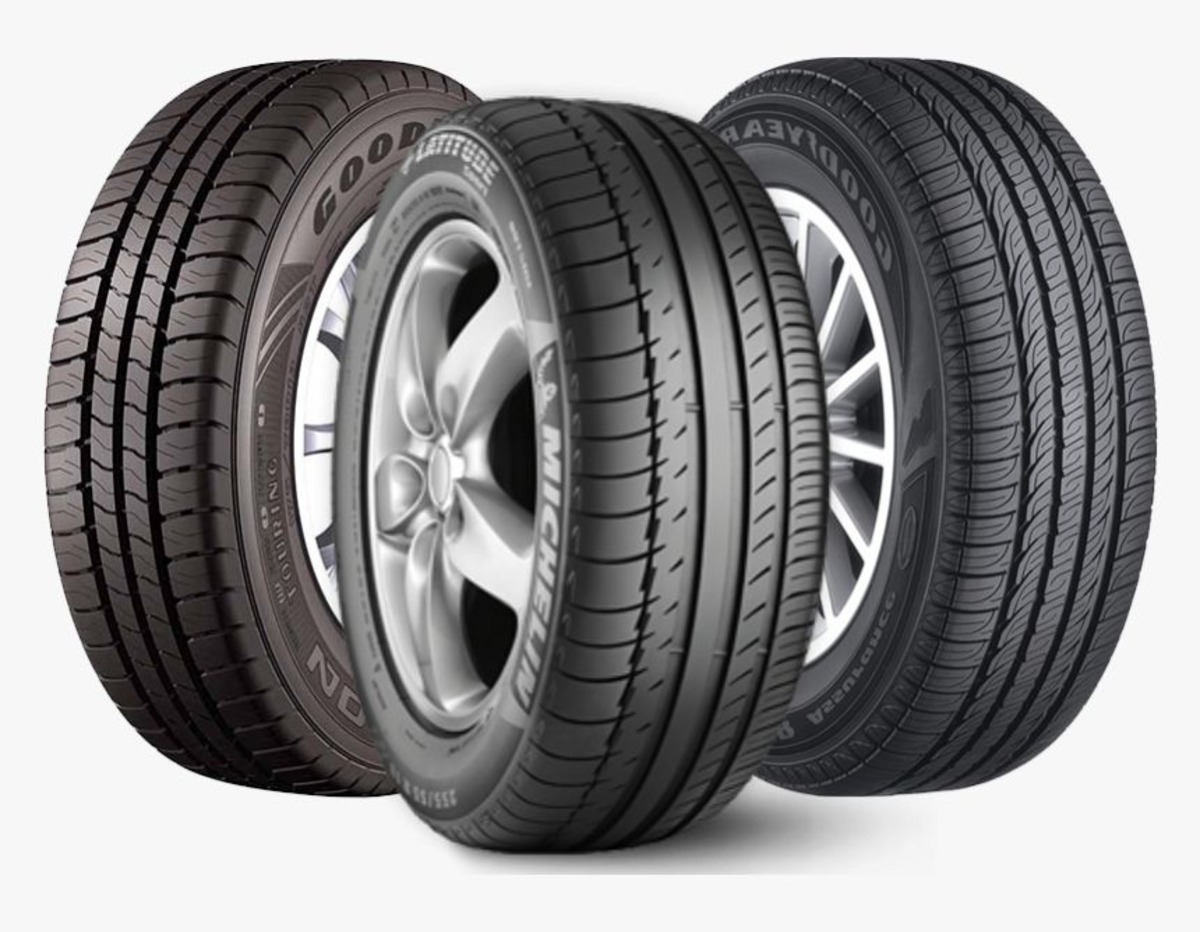
Real-world feedback? Many drivers see wear around 25,000 to 30,000 miles, especially in hot climates or city driving. The tread is too shallow to begin with, and once it starts going, it drops fast.
It’s also prone to uneven wear if your alignment is even slightly off. And performance in wet or snowy conditions? Meh at best. It’s not dangerous, but it won’t inspire confidence.
Bottom line: if saving fuel is your #1 goal, these do the job. But don’t expect them to stick around long. Most Prius owners are swapping them out early.
ALSO READ: 10 Cars That Place USB Ports in the Worst Spots
2. Hankook Kinergy GT (Hyundai Sonata, Subaru Legacy)
The Hankook Kinergy GT is a common OEM tire, and it sounds decent on paper: quiet, smooth, fuel-efficient. But when it comes to longevity, it disappoints.
Many drivers report 30,000 miles or less before these tires hit the wear bars. And if you’re an aggressive driver or forget rotations? Even less.
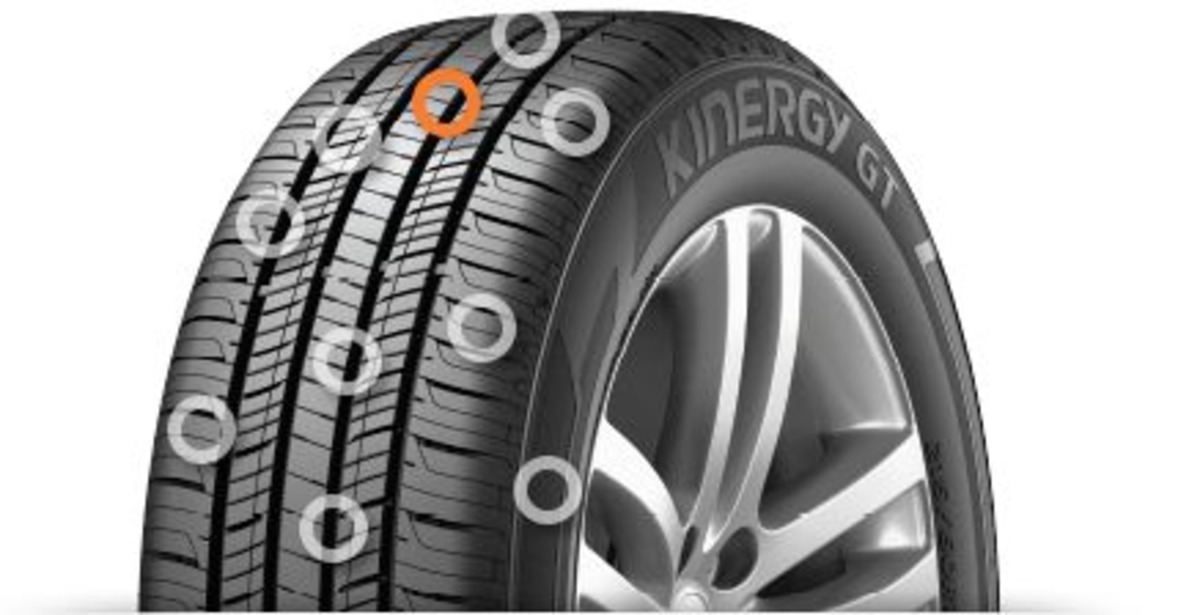
Dry handling is decent. Wet handling? So-so. Snow? Don’t even try it. The rubber compound wears fast, and the grip fades along with it.
The tire does well for comfort and road noise, but that’s basically where the praise ends. A lot of Sonata and Legacy owners call it the first thing they replaced after purchase—and not because of damage, just fast tread loss.
If your car came with these, start budgeting for new rubber early. They’re okay temporarily, but definitely not long-haul tires.
3. Yokohama Avid S34 (Mazda3, Toyota Corolla)
The Yokohama Avid S34 might be the king of premature wear. It shows up on plenty of compact sedans like the Mazda3 and Toyota Corolla. And while it handles alright in perfect conditions, most owners say the tire doesn’t make it past 25,000 miles.
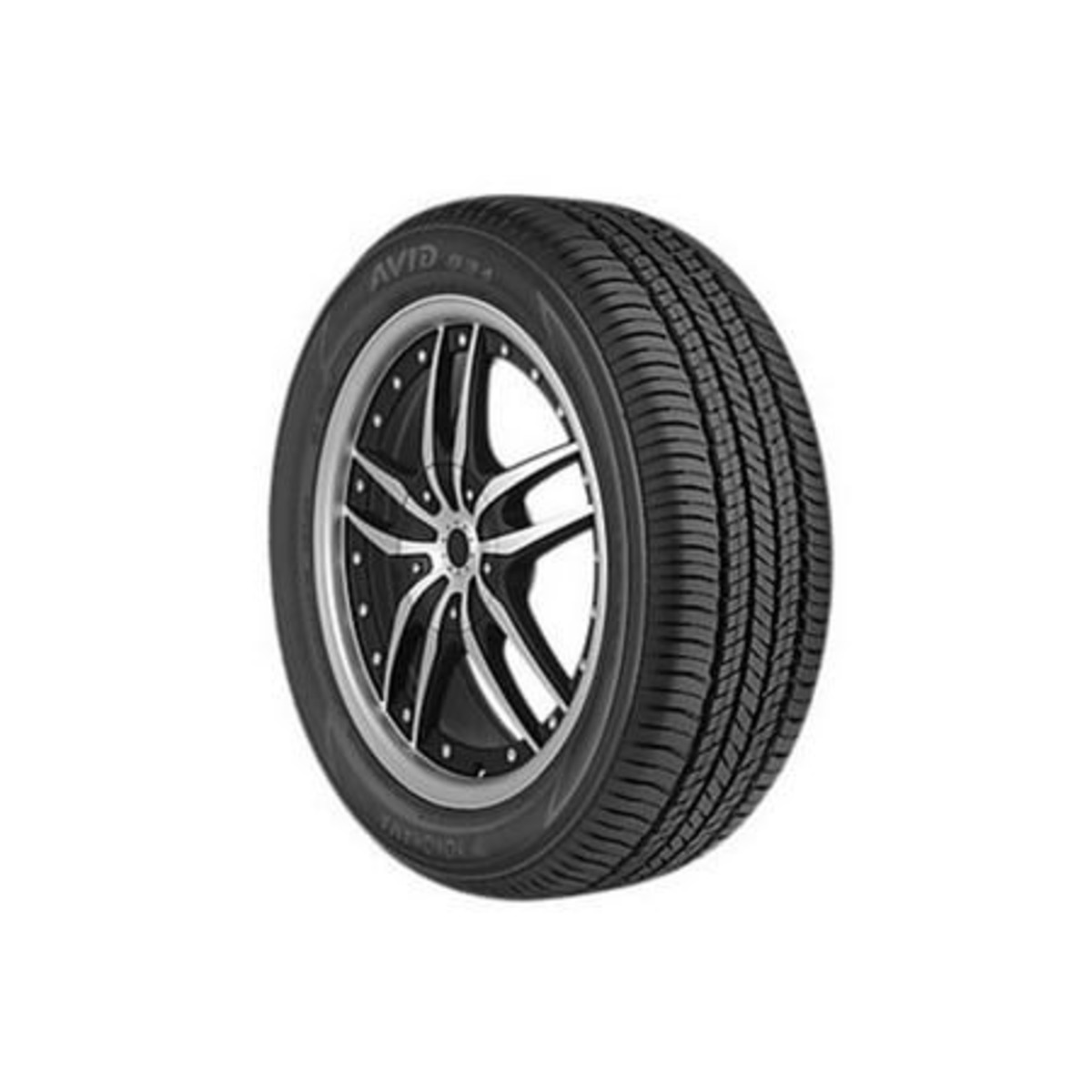
It wears fast and unevenly. Even with regular rotations and proper inflation, the shoulders tend to go first. Wet traction drops early too—another red flag.
Yes, it’s quiet. Yes, it’s decently priced to replace. But still, you shouldn’t have to shop for new tires two years after buying a new car.
Most Corolla owners say this tire ruins the overall value of the car, especially since it undercuts the “low maintenance” reputation of Toyota.
4. Firestone Firehawk GT (Dodge Charger, Chrysler 300)
This one’s frustrating. The Firestone Firehawk GT is a factory tire on muscle cars like the Dodge Charger and Chrysler 300. It promises performance and decent comfort, but it barely delivers either, and wears out shockingly fast.
Drivers say they’re lucky to get 20,000 to 25,000 miles. The rubber compound is too soft for heavy RWD cars, especially when driven hard.

Sure, the grip is okay at first. But that fades quickly, and once it does, you’re sliding around in rain and cursing hydroplaning issues. Also, road noise ramps up fast after the halfway point.
It’s a shame because these cars deserve better stock tires. Firestone just didn’t engineer these for durability. They look cool, they’re fun for a minute—but they’re definitely not built to last.
5. Kumho Solus TA31 (Kia Optima, Hyundai Elantra)
The Kumho Solus TA31 seems to be designed for one thing: looking good on a spec sheet. Real-life performance? Subpar. Real-life tread life? Even worse.
These tires are often stock on Hyundai and Kia sedans, and while they’re cheap to manufacture, they’re not built for the long run. Most owners report 20,000 to 30,000 miles before needing replacements.
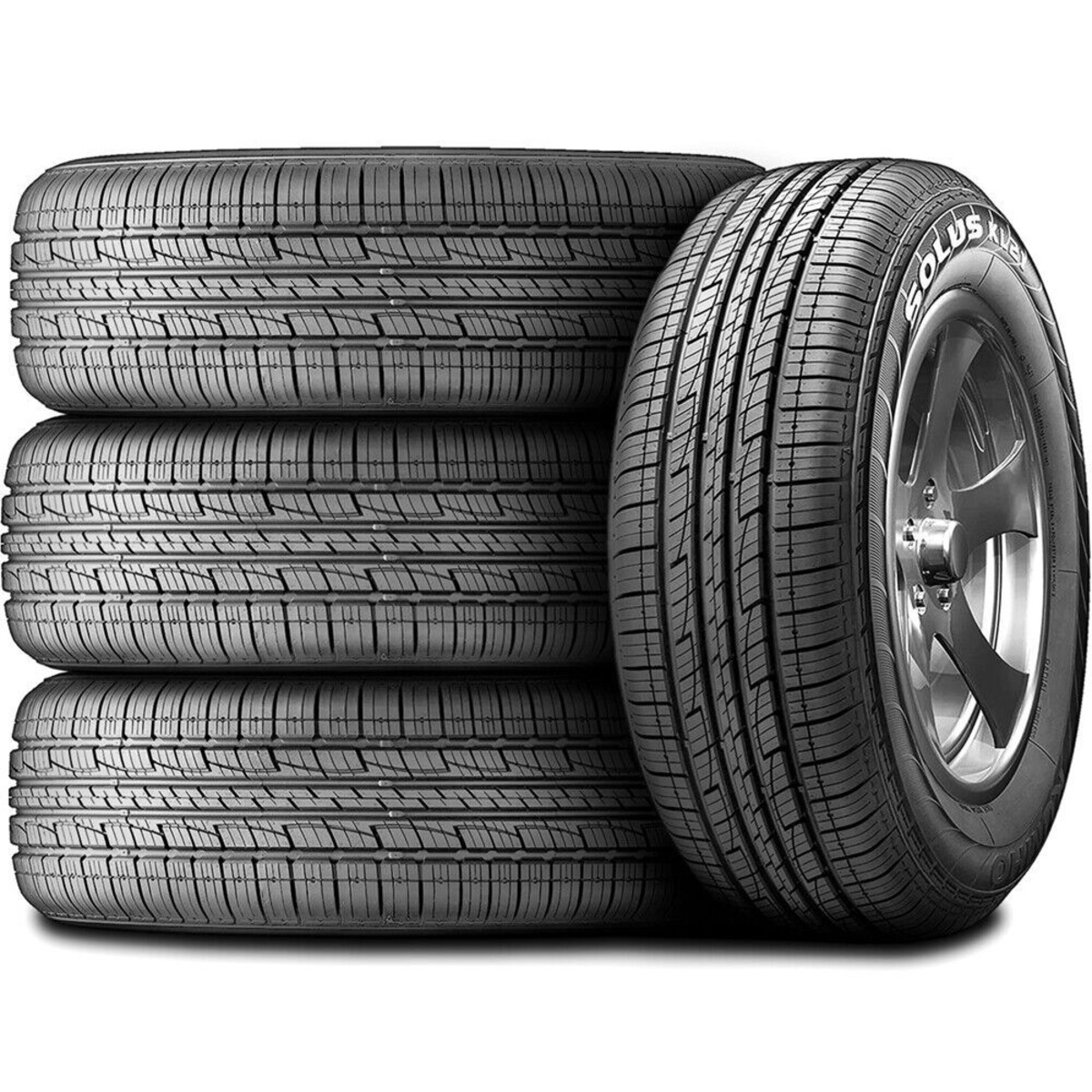
They’re not terrible in dry conditions, but they lose grip fast in rain and suck in snow. And the ride gets harsher as the tread disappears.
You’ll find lots of posts on car forums of frustrated Elantra drivers swapping these out after just a year or two.
Bottom line: these tires wear fast, don’t ride well when worn, and don’t offer much safety once they’re halfway done. Avoid if you have options.
So yeah, not all factory tires are created equal. Some brands (looking at you, Michelin and Continental) consistently deliver tires that can handle 50K+ miles with grace. Others? They’re placeholder rubber until you go out and buy something decent.
What makes a good OEM tire isn’t just the brand name. It’s the balance between durability, performance, and comfort, and how well it holds up under real-life driving, not showroom conditions.
If your car came with one of the “fast-wear” tires on this list, don’t panic—but don’t expect miracles either. Start planning for a replacement sooner rather than later. On the flip side, if your ride came with one of the solid performers, you can probably kick that tire-replacement budget a little further down the road.
One last tip: always rotate, align, and keep your pressures in check. Even the best tire can wear out fast if you ignore the basics.
Anyway, factory tires are a mixed bag. Hopefully, this list helps you figure out whether you hit the tire jackpot or got stuck with the wear-fast kind.

